Find and manage customizable Quarterly tax Business Forms specific to your field. Edit, finalize, and distribute your documents with other contributors without holdups.


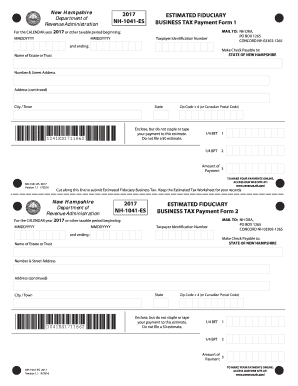
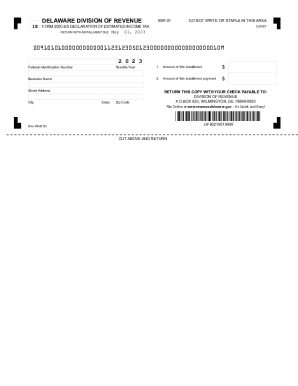
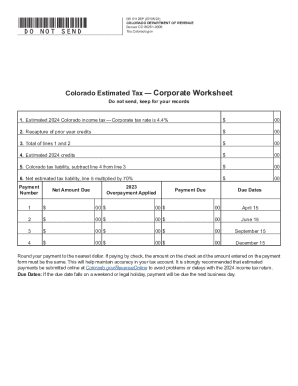



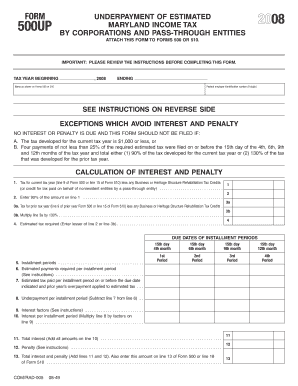
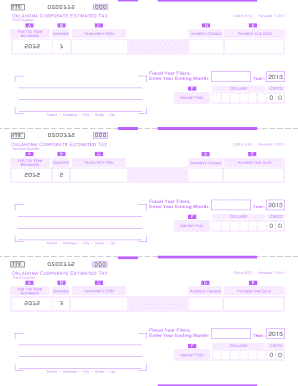


Document management can overpower you when you can’t discover all of the documents you require. Luckily, with DocHub's substantial form categories, you can get all you need and easily handle it without the need of changing among software. Get our Quarterly tax Business Forms and start working with them.
The best way to manage our Quarterly tax Business Forms using these simple steps:
Try out DocHub and browse our Quarterly tax Business Forms category easily. Get your free account right now!